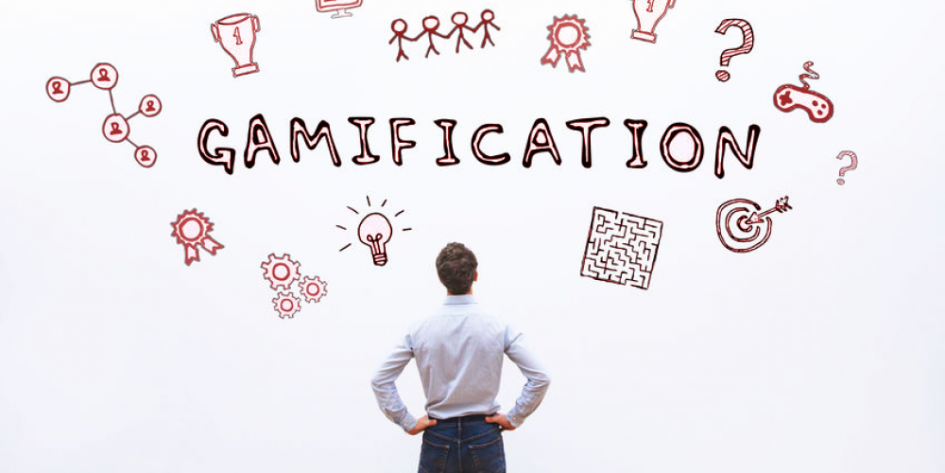When learning involves merely textbooks, powerpoint, and assignments, learning is about a series of requirements imposed on students, which makes learning discouraging and boring. However, the addition of gamification may change the situation. Gamification means inserting game-related elements into the process of learning, such as creating competition or progression.
Gamification can have a positive impact on learning, which allows students to learn more effectively and efficiently and motivate students to master knowledge proactively. Take my own experience as an example, one of my English teachers is good at incorporate games into her lessons. Once she selected several students and offered them some cards with English vocabulary written on them, and these students are required to explain the English words in English. When they are explaining, the other students can provide assumptions and guesses about which word they are describing. Such process can not only leave a deep impression of these English words on students but also encourage students to use English in daily expression and communication.
There is another application of gamification by the same teacher. In the first class when students are unknown to each other, she didn’t teach any specific knowledge, instead, she arranged a small game for everyone to be familiar with other. She sent out blank forms to every student on which there are some common questions like how often do you eat fast food or do you think English is a difficult subject. Students need to go around in the classroom to interview at least five students in English. Who is the first to finish the task can be rewarded. Such a game enables students to use English as much as possible in face-to-face interaction, besides, it also provides an opportunity to break the ice and create a friendly class atmosphere.


2021-06-24 at 10:09 pm
hi xin,I agree with your point,also Game-based learning is recommended because it not only boosts the process of learning knowledge but also cultivates students in other important aspects.The reason why game-based learning is effective is that it can motivate students to master the knowledge.